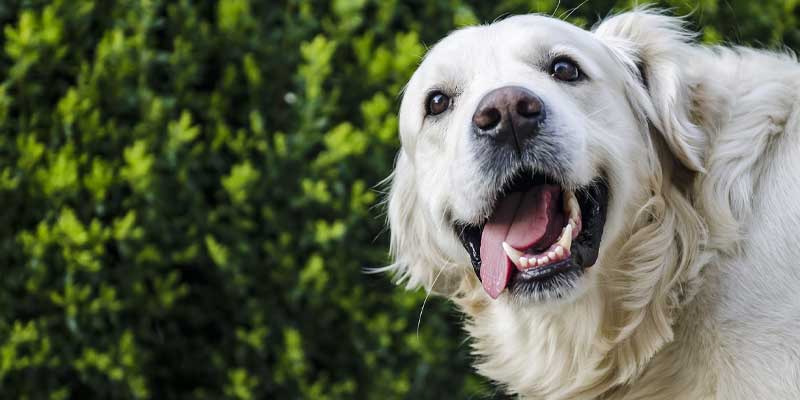
Many dog owners surf a lot about dealing with the canine behavior of biting and mouthing when their Pup is excited, frustrated, or meeting new people. Unfortunately, coping with these behaviors is directly linked to understanding the cause, behavioral changes, and their training in their puppyhood that turned out to be biting or nipping in adulthood. Even if you figured out excitement, you need to tackle this as it can get worse and ingrained with time.
Best Selling Dog Treats
Last update on 2025-06-09 / Affiliate links / Images from Amazon Product Advertising API
Let us drill down to some of the reasons your dog is biting, and then we will move towards understanding the management of this behavior.
Being a Playful, energetic young Soul
Dogs love to play, as being energetic is their forte. They explore their world through their mouth and end up nipping your clothes, hands, sleeves when excited. That’s their love language, but it can irritate you big time, or it can be embarrassing as well in front of your guests or visitants. They do it playfully, but it might seem not very pleasant to you. But guess what, it’s easily manageable.
Your movement triggered them
Dogs often nip or bite when your feet or hands move faster, and they hang close to them; they feel it as a game and respond by nipping or biting your hand and skin. It again stems from excitement.
As a dog owner, you must have jerked off your hands or feet or anything that got into their mouth; this reflex action of yours can make them triggered as well that again can end up biting or mouthing your hands or feet.
Your doggy wants to wrestle
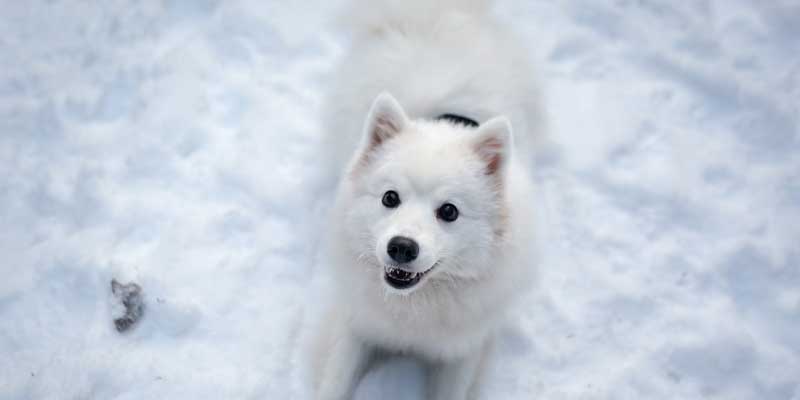
You must have noticed your dog wrestling and jumping on another dog while spending time with other dogs, and it’s because that’s how they play and spend most of their time; doing with other dogs makes them feel relaxed, and they think of doing it with you as well. So they wrestle, jump on and off and bite your clothes or sleeves as part of their play.
Gateway to calm themselves
Your excited Pup feel relaxed when being in physical contact with you, either laying their head on your lap or you patting them on their back, Biting and nipping is also their way to self soothe themselves because they had learned this behavior in their puppyhood when it went unnoticed. They must have done it in their puppyhood when their small teeth were harmless and painless; they haven’t grown out of it and doing it now to calm themselves.
How can I stop my dog from biting, nipping, mouthing?
Managing and preventing adult dogs from biting is way more difficult and rougher than puppies. Even if it’s harmless and painless right now, it can become a harmful and irritating habit for them in adulthood. This behavior can be tackled easily, softly or roughly, abruptly. Going for the rough ones will scare them off from their parents, and going relaxed and soft will be effective as well as your cot. So let’s gear this situation up by following simple, quiet steps to get rid of nipping and mouthing.
Step 1: Relevant and appropriate training
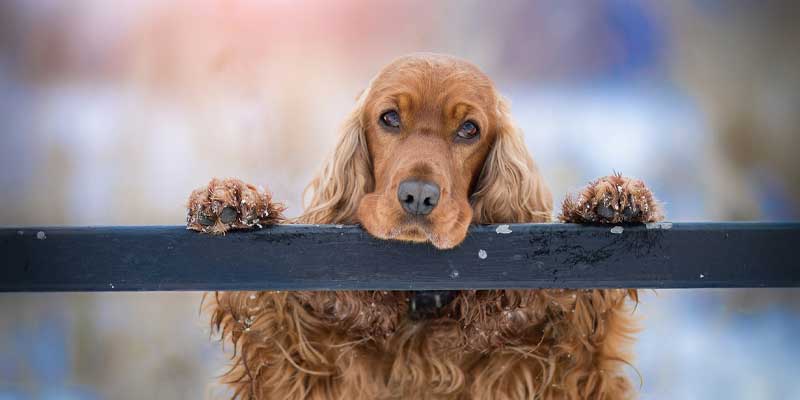
Just the right amount of appropriate training in dog puppyhood will save you from embarrassing and impossible-to-handle situations. In addition, keeping a keen eye on how they respond when excited, scared, or playful will help you tackle and train them for a human-friendly environment.
Biting either stems from excitement or aggressiveness; you have to train them not to bite or nip. for that, teach them to listen to your command in harsh conditions when they are angry, irritated, or excited. Make sure to carry their tug toy with you that you can give them whenever they start mouthing and biting. The behavior will make them learn to chew or take tug toys in their mouth whenever they are excited. Playing a soft tug of war of toys will help them identify their tug toys.
The step mentioned in the start can also be completed by handling them tug toys whenever they bite you. Repeat this until they learn to take that toy whenever they bite.
You might’ve noticed that they always bite whenever you touch or rub their back; that’s because they have learned it from their experience and will continue to do so until you train them otherwise.
Train them to not bite you by touching them with one hand and using another hand to distract them or giving them treats; this will make them learn not to react every time they get connected, or their back is ribbed. It is also called the “hand-target” Method, discussed below.
Step 2: Surprise treats
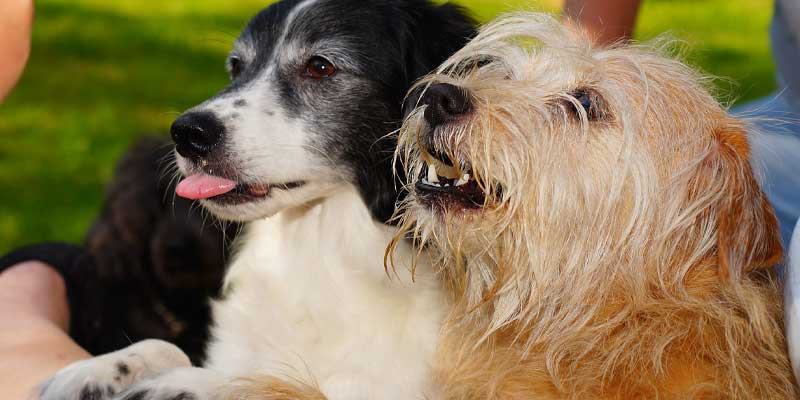
Surprising your Pup with treats as a form of distraction when they mouth you will be an excellent reward for them to stop biting or nipping you. But make sure not to give them treat in their specific bowl; instead, take a fistful of treats and scatter them on the ground in a circular motion. This method is used widely to calm dogs when they are excited as they will get busy gathering their treats from the ground and enjoying it. It will maximum take 5 to 6 minutes, that is enough to calm down your furry friend.
While you do that, make sure your body language conveys calm and boring. Be patient enough until Pup finishes treat not to trigger or follow you when Pup enjoys the pleasure.
There are possible chances that your doggy starts to bite you every time they need a treat; in that case, make sure not to use the same method every time they bite to break the pattern.
Step 3: Time-out Sequence
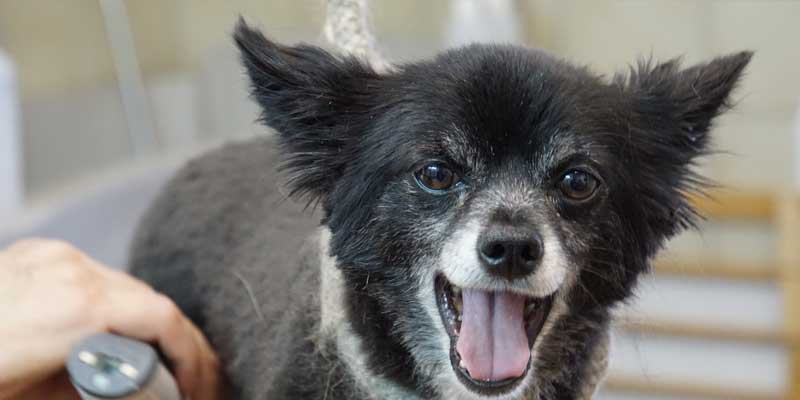
Time-out sequencing is a patient method to stop them from biting. Whenever playing with them or spending time with them, if you feel like they started biting, stop the activity you are doing for that moment for 10 to 20 seconds and encourage them to play with you again.
Make a practice of stopping the activity or leaving the room for 10 to 20 seconds straight you feel their teeth on your skin. It will help them learn to stop biting not to interrupt the activity they are involved in with you. Doing it for two weeks will be enough to understand and stop biting.
Step 4: Distraction (hand-target) Method
It’s the same method discussed, by distracting your furry friends with either treats or toys will help you train them well and stop the canine behavior or biting you or anyone.
You can distract them with their favorite treat in one hand and showering or rubbing their back with another.
Step 5: Squealing
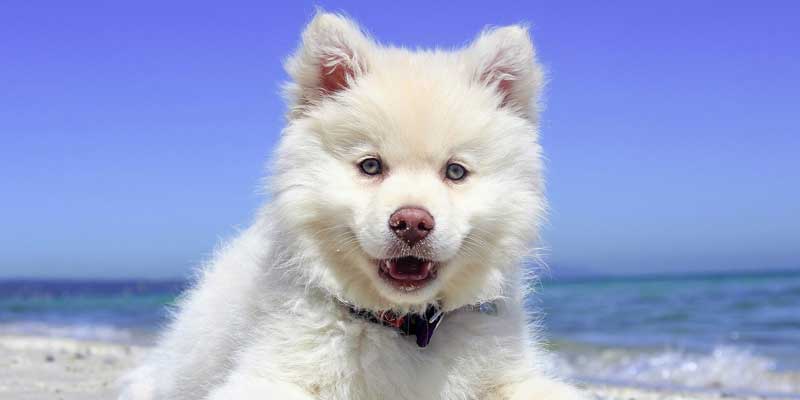
Mentioning this method at the end means it should be applied when no other way works. Squealing can also be effective in stopping them from biting or mouthing you as they are susceptible to their parent’s behavior and facial expressions when they are around. Your body language and your vocal tone will affect them most.
Having a stern voice to make them stop biting or mouthing will help them understand the importance of not biting.
Please make sure not to repeat this method every time, instead of changing the approach and doing it less often will benefit. Don’t ever forget to give the treat or play with your furry friend after squealing to avoid scaring them off from you.
Step 6: Carrying a spray or taste deterrent
Carrying a spray or peppermint or spearmint with you to spray them off when they bite can also be effective in making them stop from nipping or mouthing.
Applying a taste deterrent on the parts or your cloth or sleeve wherever they bite the most will also make them stay away from you due to bitter taste.
P.s: there are videos available online on preparing spray or finding taste deterrents for online or onsite stores.







